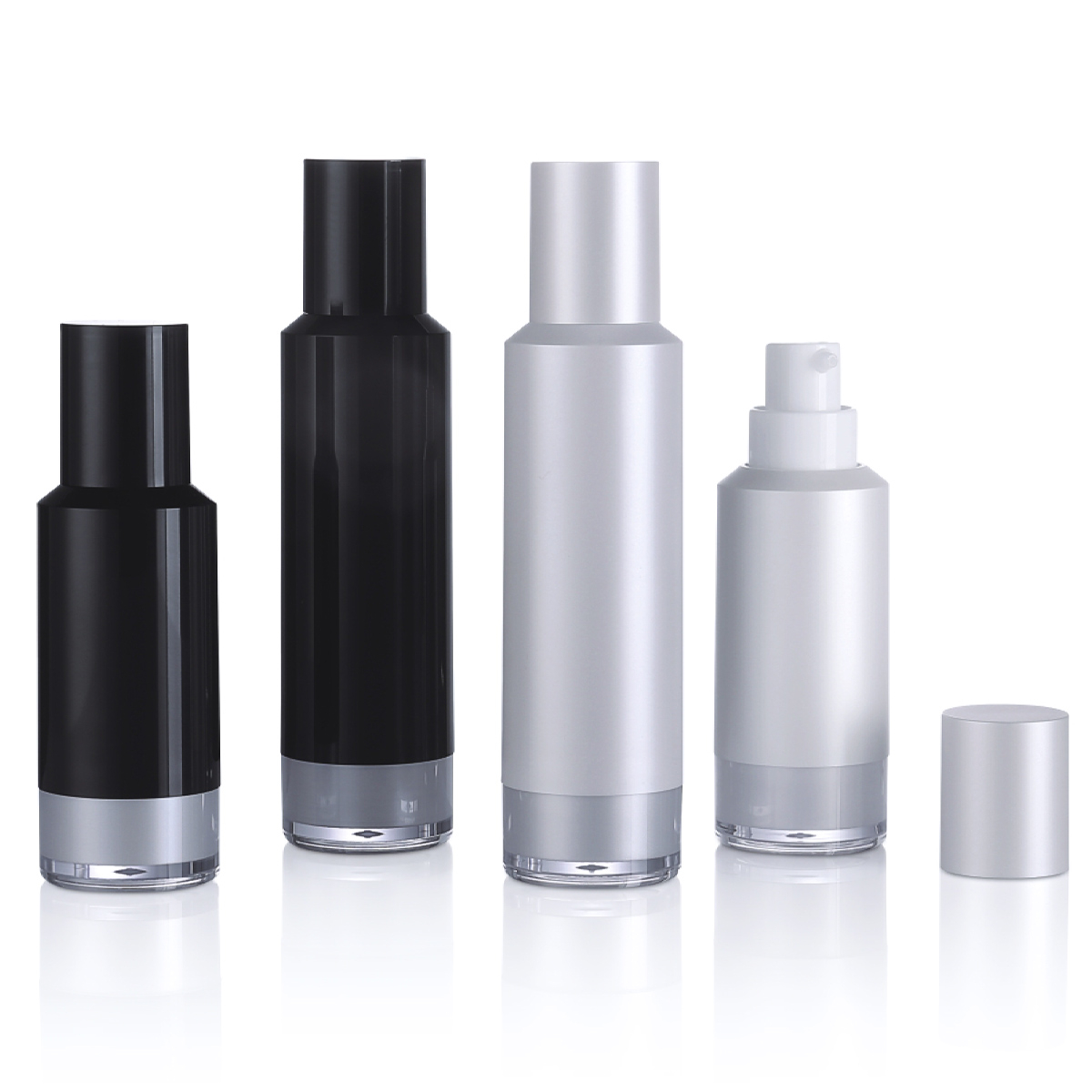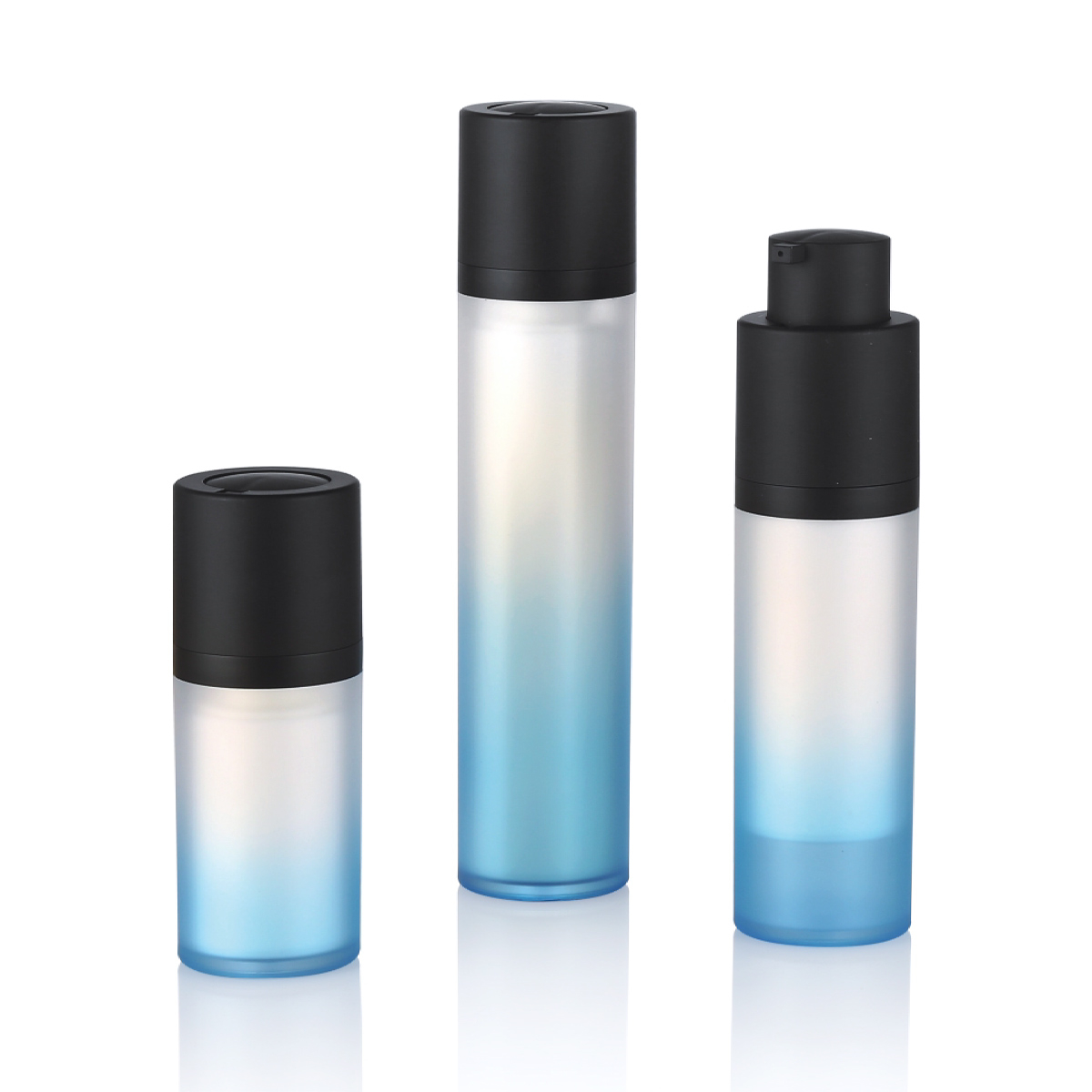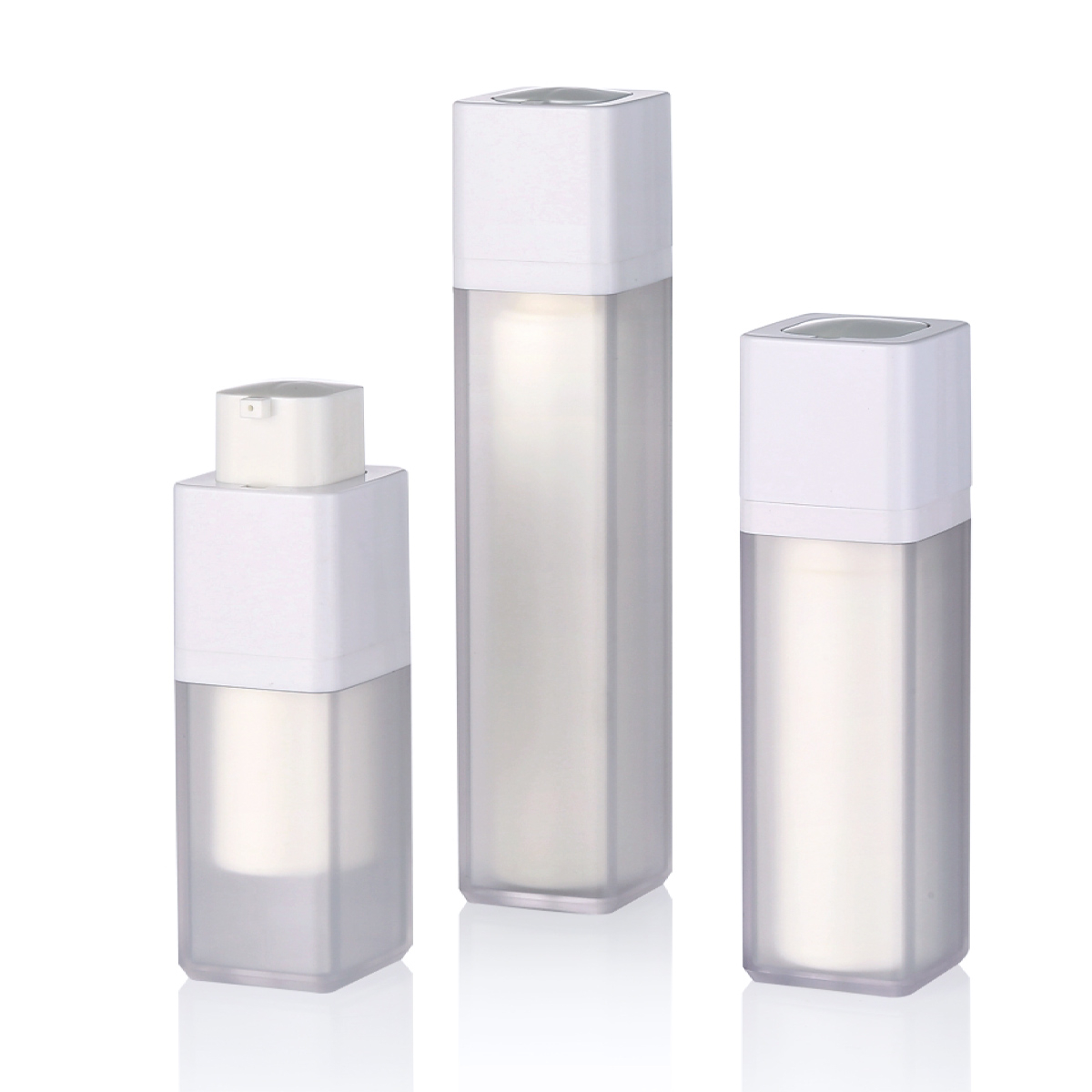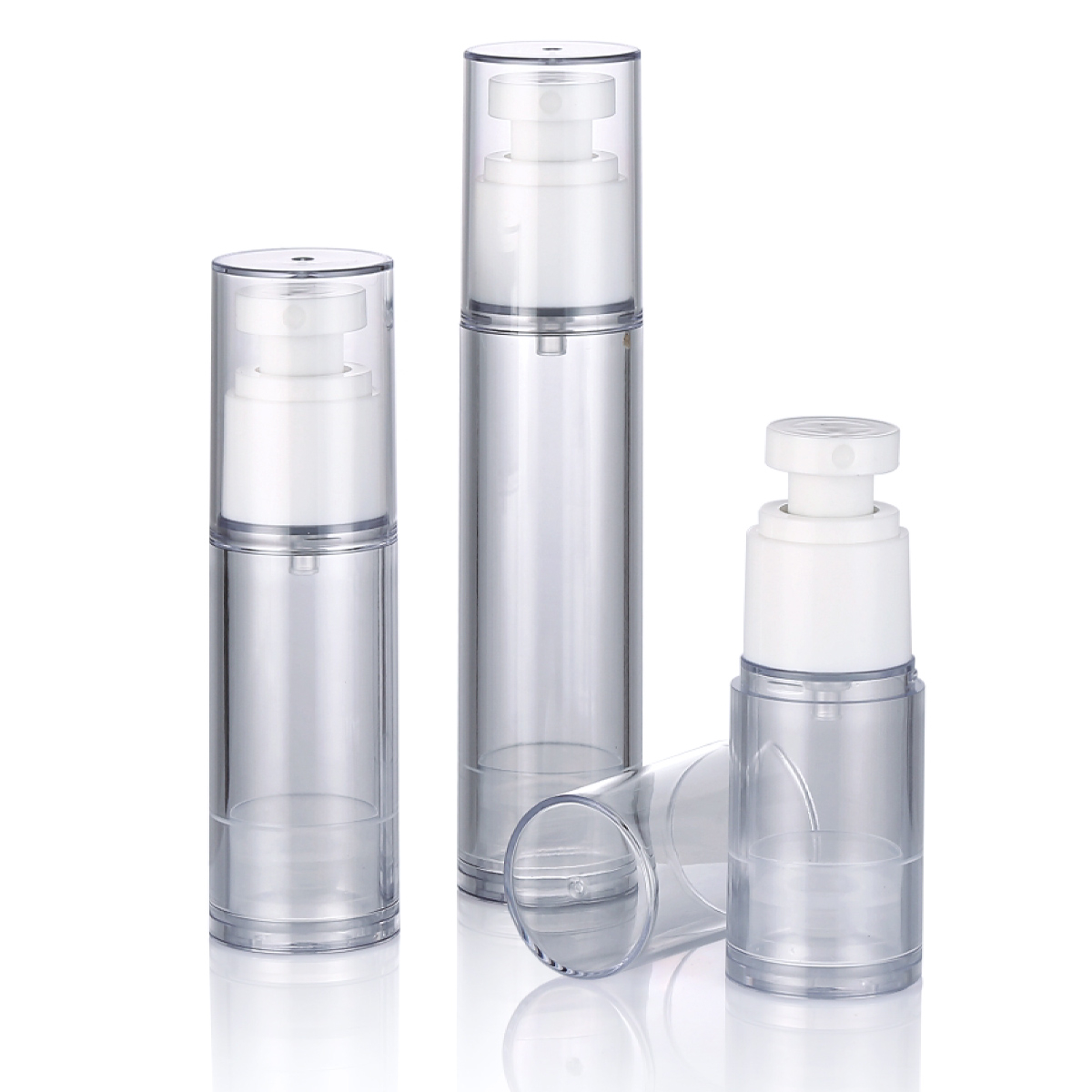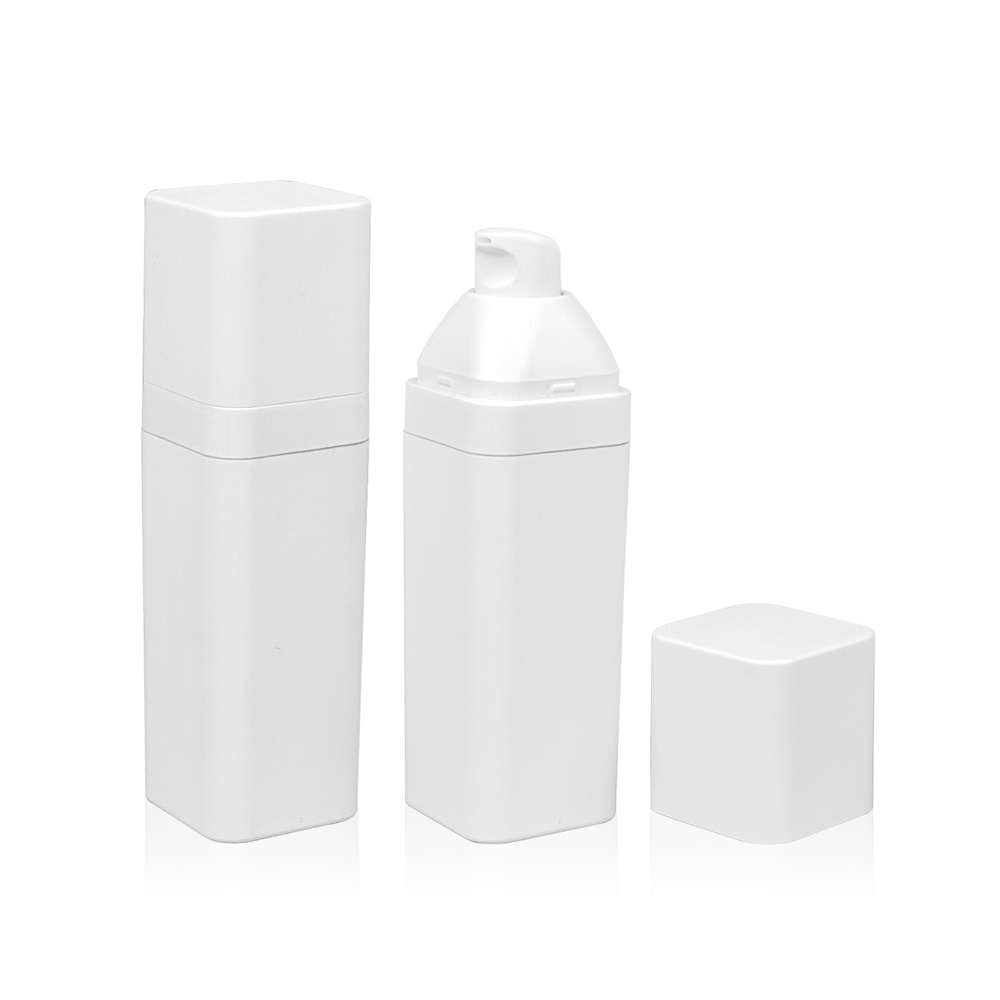In the world of skincare, efficacy hinges not just on the formula itself, but critically on how it's preserved and delivered. While droppers and traditional jars remain common, airless pump bottles have emerged as a scientifically superior packaging solution for many active ingredients and formulations. Understanding the differences is key to maximizing your product's benefits and shelf life.
1. The Core Principle: Minimizing Degradation
The primary enemy of many potent skincare ingredients is exposure – to air (oxygen), light, and contaminants. Oxidation, a chemical reaction triggered by oxygen, breaks down key actives like Vitamin C, retinoids (like retinol), peptides, and certain antioxidants, rendering them less effective or even inert over time. Light exposure (especially UV) can also degrade photosensitive ingredients. Airless technology directly combats this.
-
Airless Bottles: These utilize a vacuum-driven system. As product is dispensed, an internal diaphragm rises, pushing the formula upwards without allowing any external air to enter the reservoir. This creates a near oxygen-free environment, drastically slowing oxidation and preserving ingredient integrity from first use to last.
-
Droppers: Each time the dropper is inserted and removed, air floods the bottle. This constant influx of oxygen accelerates oxidation of the remaining product with every use. Exposure to light through the glass is also a factor.
-
Jars: Require direct finger contact or use of a spatula (often misplaced). This introduces bacteria, oils, and environmental contaminants into the product with every use. Furthermore, the large surface area of the product exposed to air every time the jar is opened significantly promotes oxidation and degradation.
2. Hygiene and Contamination Prevention
Maintaining product sterility is crucial for both efficacy and safety.
-
Airless Bottles: The sealed system prevents external contaminants (airborne particles, bacteria, fungi) from entering the reservoir. Dispensing occurs through a small valve without backflow, minimizing contamination risk. Users never directly touch the product inside.
-
Droppers: While the pipette tip may not touch skin directly, the dropper stem is repeatedly exposed to air and potentially touches the skin or bottle neck, creating a pathway for contamination. Liquid residue on the dropper can also harbor bacteria.
-
Jars: Present the highest contamination risk. Dipping fingers (even clean ones) or a spatula into the jar introduces microbes and foreign matter, which can proliferate within the product. This compromises stability and increases the risk of skin irritation or infection.
3. Product Protection from Light
While amber or opaque glass dropper bottles offer some UV protection, the product inside the dropper itself and the neck area upon dispensing can still be exposed to light.
-
Airless Bottles: Typically housed in opaque plastic (often with UV filters) or opaque sleeves, they provide excellent, consistent light protection for the entire product volume throughout its lifespan.
-
Jars: Opaque jars offer protection, but the product exposed on the surface when opened is still vulnerable to ambient light.
4. Precision Dosing & Reduced Waste
-
Airless Bottles: Deliver a consistent, controlled dose with each pump, minimizing over-application and product waste. The vacuum mechanism ensures virtually complete evacuation of the product (> 95%), leaving minimal residue.
-
Droppers: Dosing can be inconsistent (drops vary). Significant product residue often clings to the bottle walls and dropper, making it difficult to access the last 10-20% of the product.
-
Jars: Scooping often leads to using more product than necessary. Significant product can remain trapped around the sides and bottom, especially with thicker creams, leading to waste.
5. Preservation System Compatibility
-
Airless Bottles: By drastically reducing oxygen exposure and contamination, they lessen the burden on traditional chemical preservatives. This is particularly beneficial for "preservative-light" or "clean" formulations sensitive to certain preservatives, allowing for potentially milder preservation systems while still maintaining safety and stability.
-
Droppers/Jars: Require robust preservative systems to counteract the constant influx of oxygen and higher risk of microbial contamination. This can sometimes limit formulation possibilities or require higher concentrations of preservatives.
While droppers offer aesthetic appeal for serums and jars are cost-effective for some applications, airless pump bottles provide demonstrable, functional advantages for preserving the potency, purity, and safety of many skincare formulations, especially those containing sensitive or valuable active ingredients.
The key benefits – superior oxygen barrier, minimized contamination, enhanced light protection, reduced product waste, and efficient dispensing – directly translate to maintaining the intended efficacy of the product for its entire usage period. For consumers seeking the maximum benefit from their skincare investment, and for formulators prioritizing ingredient stability, airless packaging represents a technologically advanced and scientifically sound solution. Choosing the right packaging is an integral part of effective skincare.

 English
English 中文简体
中文简体 Español
Español عربى
عربى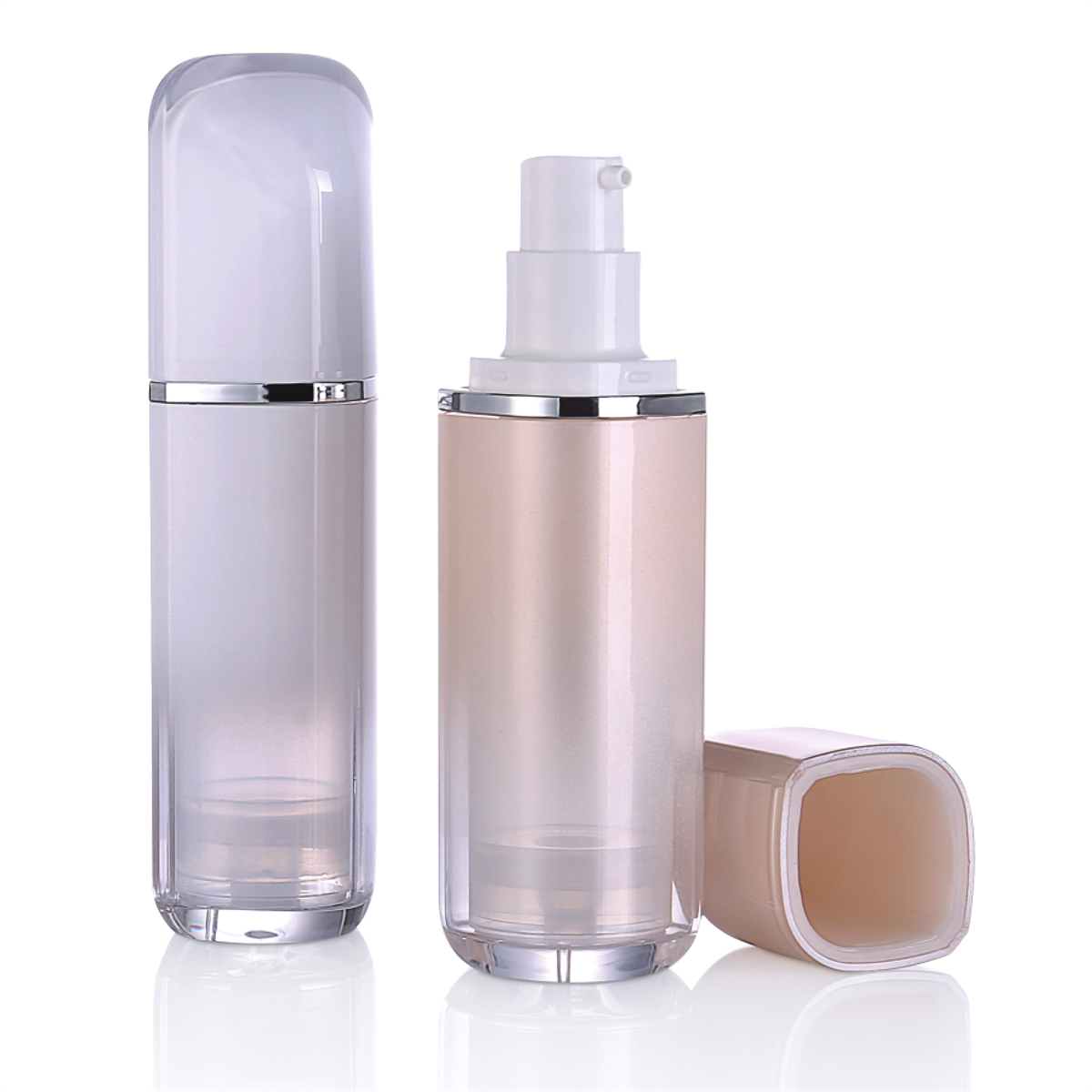
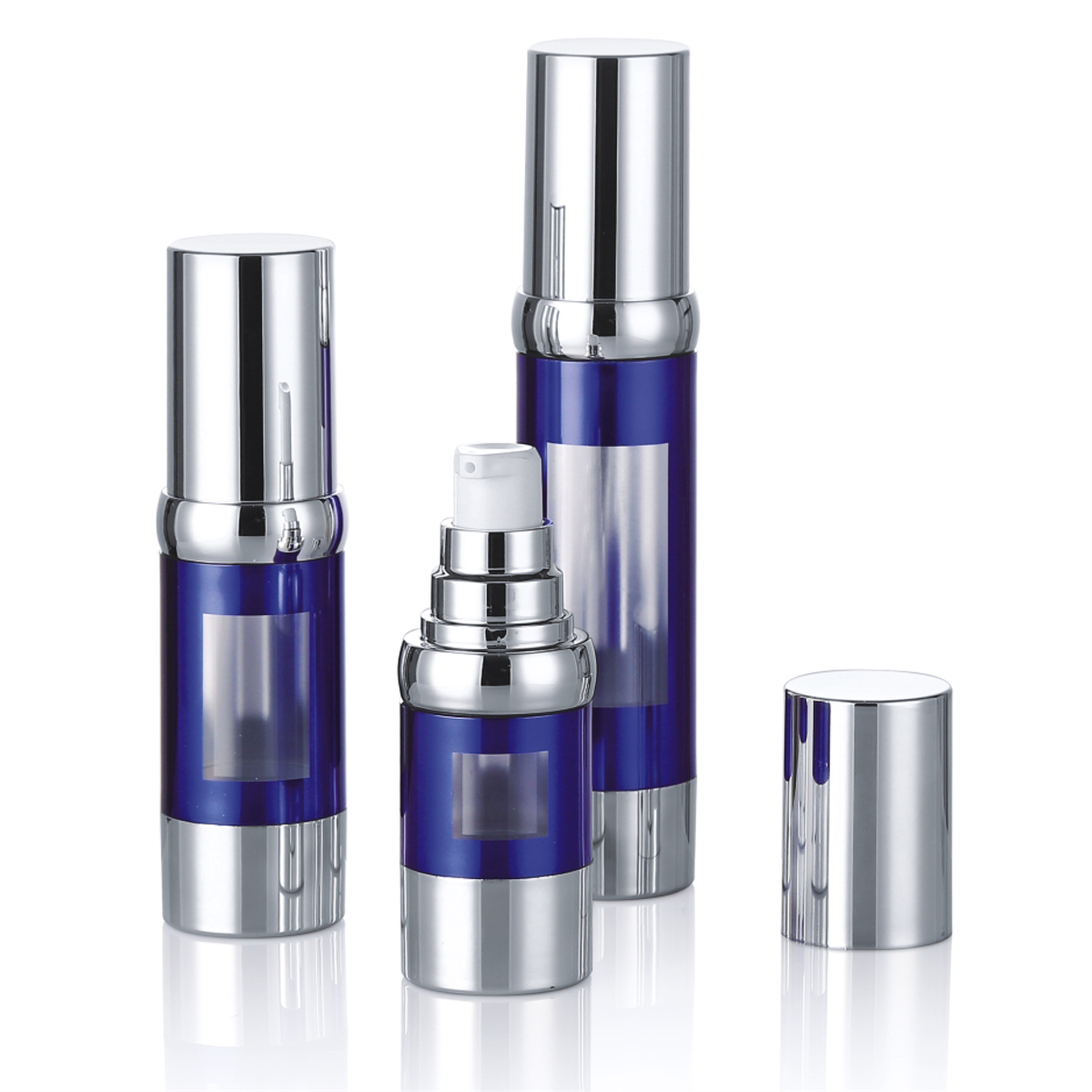
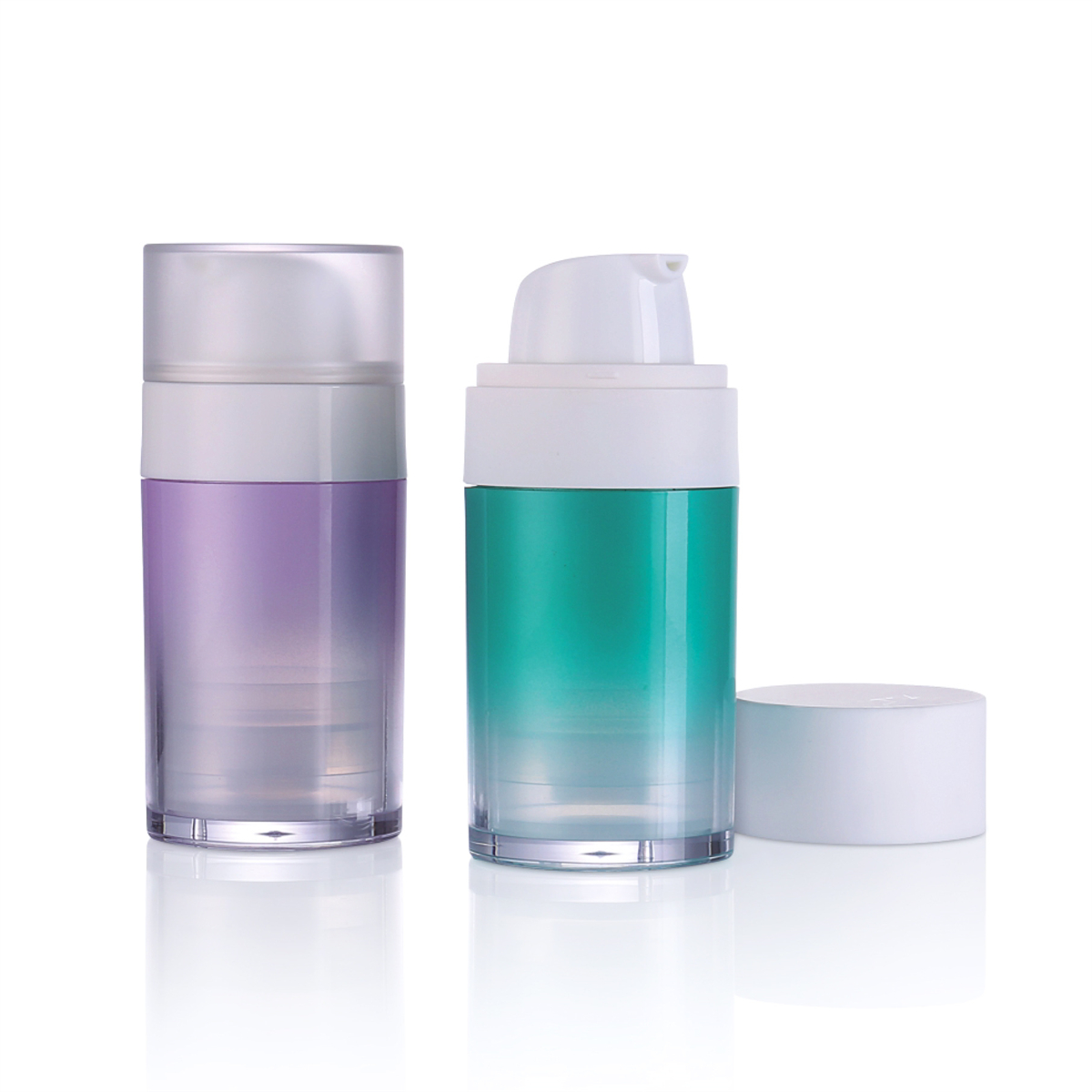

.jpg)
